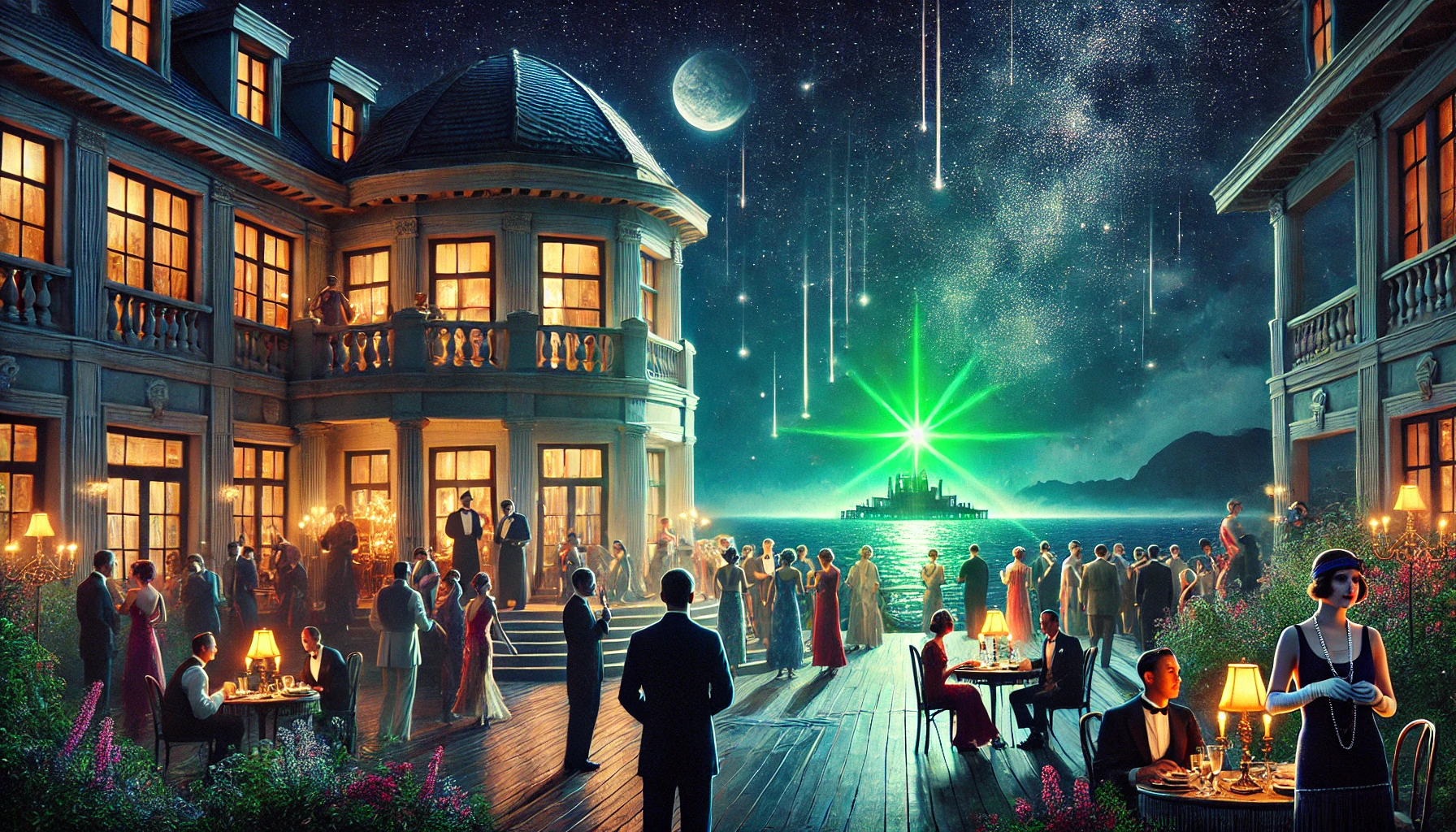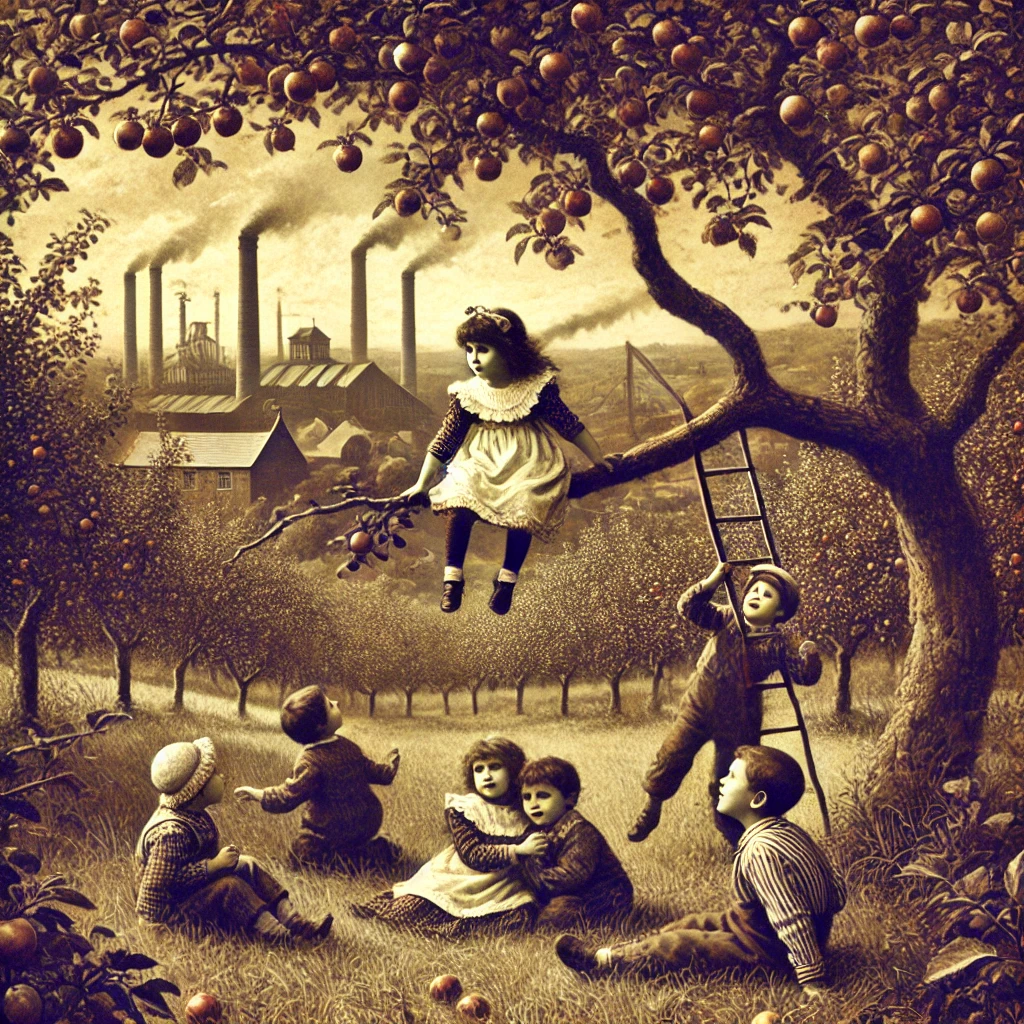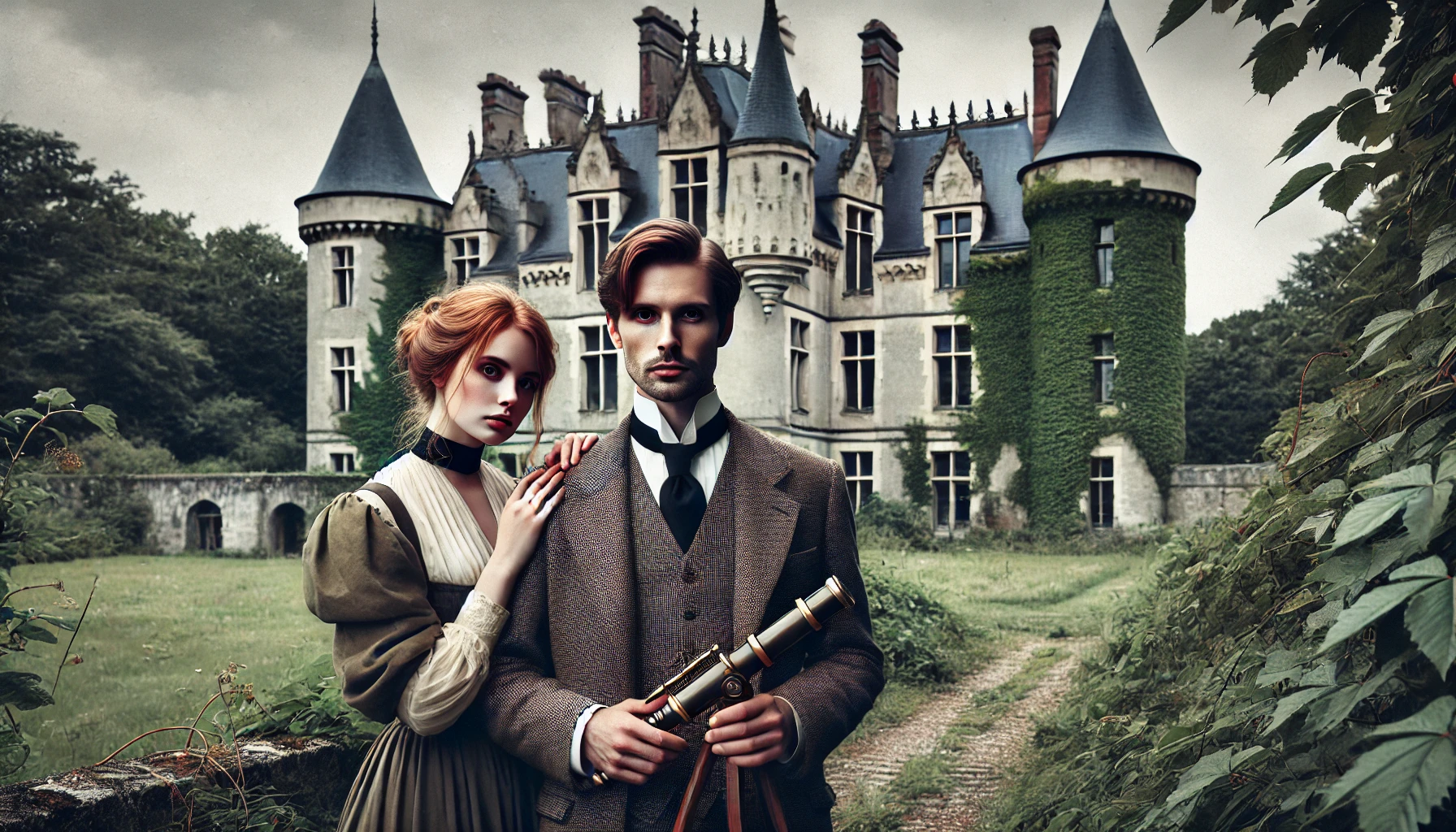“This Side of Paradise” by F. Scott Fitzgerald, first published in 1920, is a seminal work that captures the disillusionment and moral disintegration of the post-World War I generation, known as the Jazz Age. The novel is semi-autobiographical, reflecting Fitzgerald’s own experiences and observations of society during this tumultuous period. It follows the life of Amory Blaine, a young man from a privileged background, as he navigates through the complexities of adolescence, love, and self-discovery.
Plot Summary
Amory Blaine was a boy born into privilege, his life beginning with a promise of charm and beauty. His mother, Beatrice, a woman of remarkable elegance and wit, crafted his early years with a delicate touch, filling them with grandeur and a certain air of aristocratic detachment. She whisked him away on travels across Europe and America, shaping his world with her refined tastes and stories of Roman cardinals and European royalty. Her influence was deep, casting a shadow on Amory that would linger throughout his life. His father, Stephen, was a quiet man who remained in the background, a mere figure in the periphery of Amory’s childhood.
Raised amid wealth and luxury, Amory was accustomed to being the center of attention, a role he played with a mix of vanity and aloofness. His early education came from private tutors, supplemented by Beatrice’s teachings in art, literature, and the fine points of high society. Amory absorbed it all, growing into a handsome, precocious boy with a mind sharp beyond his years. Yet there was always a restlessness within him, a longing for something more than the gilded cage of his upbringing.
At thirteen, Amory’s journey took a different turn when his mother fell ill, and he was sent to live with his aunt and uncle in Minneapolis. There, he attended St. Regis, a prestigious preparatory school that marked his first real foray into the world outside his mother’s influence. He was an oddity at first, with his refined manners and airs of superiority, but soon enough, he found his place. Amory became the school’s star athlete, a debater, and a writer, dazzling his peers with his wit and charm. Yet, even in his moments of triumph, there was a sense of detachment, a feeling that he was merely playing a part rather than living it.
Princeton University was the next chapter in Amory’s life, a place where he sought to carve out his identity among the intellectuals and social elites. He entered with grand dreams and high expectations, immersing himself in the whirl of social life, the thrill of literary pursuits, and the camaraderie of clubs and societies. He joined the Triangle Club, dabbled in poetry, and mingled with the sons of America’s wealthiest families. But beneath the surface, Amory was searching for something more profound—a sense of purpose that he could not quite grasp.
His time at Princeton was a series of highs and lows. He found himself drawn to philosophy and literature, engaging in debates that stretched late into the night, yet his academic performance was erratic. He was brilliant in moments, but often too restless to focus on the mundane demands of coursework. The outbreak of World War I interrupted his studies, and Amory, like many of his peers, was swept up in the fervor of patriotism and enlisted as an officer. The war was a crucible that burned away much of his youthful idealism, leaving behind a deeper cynicism and a sense of disillusionment.
Returning to a changed America after the war, Amory found himself adrift in a world that no longer made sense. The Jazz Age had begun, a time of hedonism and excess, and Amory plunged into it with a mixture of fascination and disdain. He embarked on a series of romantic entanglements, each more complicated and heartbreaking than the last. His first love, Isabelle Borgé, was a passionate but short-lived affair that ended in disillusionment. He was captivated by her beauty and intensity, but their relationship was built on fleeting emotions and shattered by harsh realities.
The most significant love of Amory’s life was Rosalind Connage, a beautiful and spirited debutante who captivated him from the moment they met. Their love was intoxicating, a whirlwind of passion and dreams of a future together. But Rosalind, ever pragmatic, chose to marry for wealth and security rather than for love, leaving Amory heartbroken and more cynical than ever. It was a blow that left him questioning the values he had been raised with and the society that placed money above all else.
Amory’s journey of self-discovery was marked by encounters with various individuals who shaped his thoughts and beliefs. He became friends with Burne Holiday, a charismatic figure who challenged societal norms and inspired Amory to question the status quo. Burne’s rejection of conventional success in favor of personal freedom and intellectual integrity struck a chord with Amory, yet it also highlighted the loneliness and isolation that came with such a path.
Monsignor Darcy, a Catholic priest and an old family friend, became a mentor and spiritual guide to Amory. Their discussions on religion, morality, and the meaning of life provided Amory with a semblance of direction, though it was never enough to quell the existential angst that plagued him. Monsignor Darcy saw in Amory a kindred spirit, a young man searching for truth in a world that offered little more than superficial pleasures and hollow ambitions.
Amory’s life was a series of existential crises, each one peeling away another layer of his identity. He struggled with the expectations placed upon him by his social class, the disillusionment brought on by the war, and the realization that love and happiness were not guaranteed by wealth or charm. His financial security crumbled after his mother’s death, leaving him to fend for himself in a society that valued money above all else. He took on various jobs, from advertising to writing, but found little fulfillment in them.
In the end, Amory’s journey was one of introspection and acceptance. He walked alone, stripped of his illusions, acknowledging his failures and the superficiality of his past life. The road he traveled was both literal and metaphorical, leading him to a solitary realization: “I know myself, but that is all.” It was a testament to his journey, a declaration of self-awareness in a world that had lost its way. Amory’s search for meaning had led him to a stark truth—he was alone in his struggle, and only by embracing his true self could he find any semblance of peace.
His journey was not just a personal odyssey but a reflection of an entire generation’s search for meaning in the aftermath of war and societal change. Amory Blaine, with all his flaws and contradictions, stood as a symbol of the lost generation—a young man seeking purpose in a world that offered none, a romantic egotist facing the harsh realities of life.
Main Characters
- Amory Blaine: The protagonist, a young man from a privileged background who struggles with his identity and purpose. His journey is marked by intellectual exploration, romantic entanglements, and disillusionment.
- Beatrice Blaine: Amory’s mother, a beautiful and eccentric woman whose aristocratic ideals and lifestyle heavily influence Amory’s upbringing.
- Rosalind Connage: Amory’s great love, who ultimately chooses to marry for wealth and security, leaving Amory heartbroken.
- Burne Holiday: Amory’s friend and a symbol of the rebellious spirit of the age, who challenges societal norms and influences Amory’s views on individualism.
- Monsignor Darcy: A Catholic priest and Amory’s mentor, providing spiritual and philosophical guidance throughout his life.
Theme
- Search for Identity: Amory’s journey is a quest for self-discovery, marked by his constant questioning of his place in the world and his purpose.
- Disillusionment and Cynicism: The novel explores the disillusionment of the post-war generation, highlighting the moral and social decay of the Jazz Age.
- Love and Heartbreak: Amory’s romantic relationships are central to his development, each leaving him more disenchanted and introspective.
- Social Class and Privilege: The novel critiques the superficiality and emptiness of the upper class, as exemplified by Amory’s upbringing and social circles.
Writing Style and Tone
Fitzgerald’s writing in “This Side of Paradise” is characterized by its lyrical and poetic style, reflecting the romantic and introspective nature of the protagonist. The tone shifts from nostalgic and idealistic in Amory’s youth to cynical and disillusioned as he matures.
Fitzgerald employs a mix of narrative techniques, including letters, poems, and stream-of-consciousness passages, to capture the fragmented and multifaceted nature of Amory’s experiences. The novel’s language is rich and evocative, creating a vivid portrayal of the Jazz Age and the existential struggles of its characters.
We hope this summary has sparked your interest and would appreciate you following Celsius 233 on social media:
There’s a treasure trove of other fascinating book summaries waiting for you. Check out our collection of stories that inspire, thrill, and provoke thought, just like this one by checking out the Book Shelf or the Library
Remember, while our summaries capture the essence, they can never replace the full experience of reading the book. If this summary intrigued you, consider diving into the complete story – buy the book and immerse yourself in the author’s original work.
If you want to request a book summary, click here.
When Saurabh is not working/watching football/reading books/traveling, you can reach him via Twitter/X, LinkedIn, or Threads
Restart reading!








